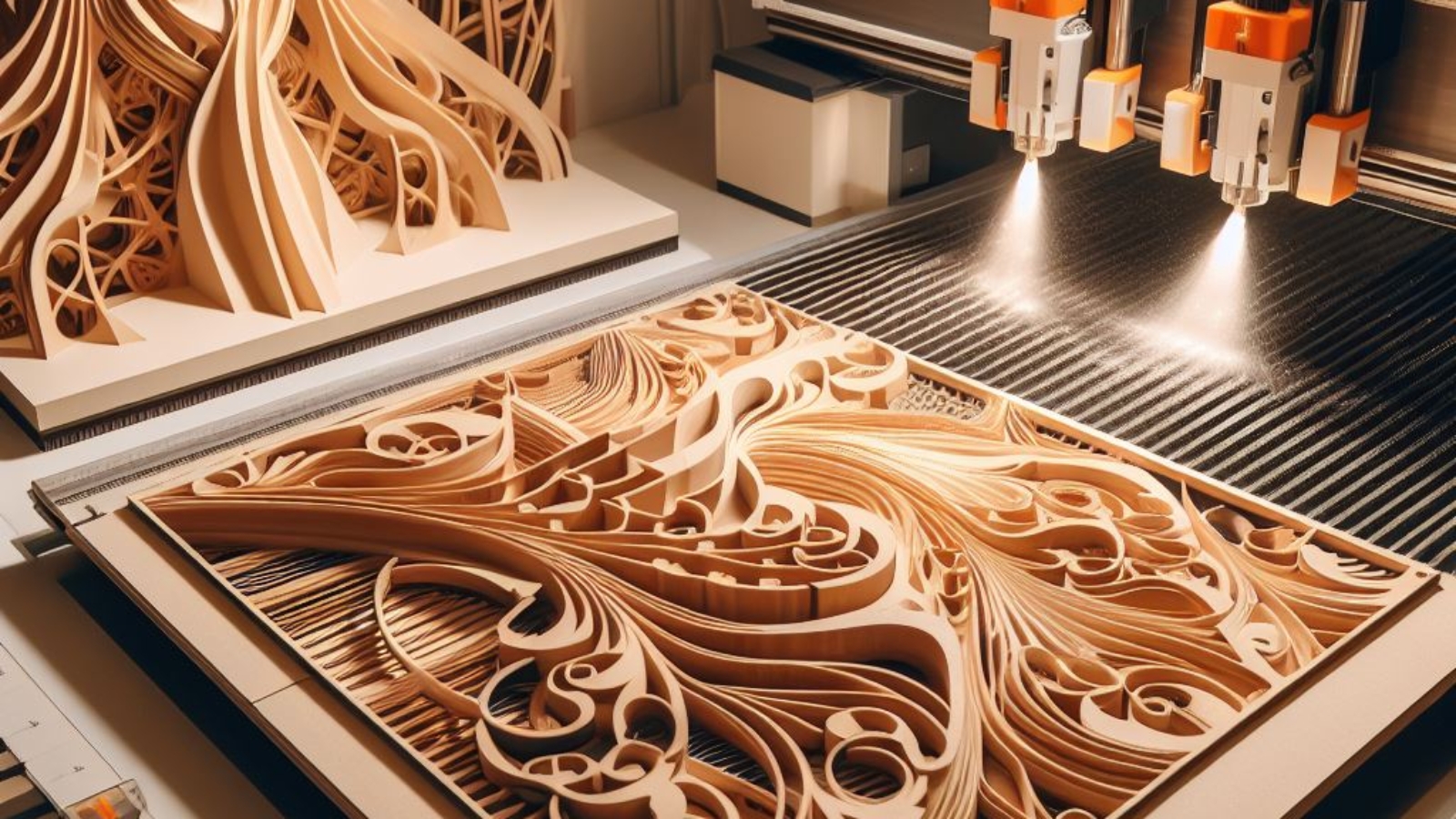Medium Density Fiberboard (MDF) is a versatile material that has gained immense popularity in architectural and interior design. Its flexibility and cost-effectiveness make it a preferred choice for creating intricate architectural details, furniture, wall panels, and more. When coupled with CNC (Computer Numerical Control) cutting technology, MDF becomes a canvas for boundless creativity and architectural versatility. In this blog, we delve into the world of MDF CNC cutting and its profound impact on architectural design.
The Appeal of MDF
MDF is a manufactured wood product made from wood fibers, wax, and resin. It is renowned for its uniform texture, smooth surface, and excellent machinability. These attributes have endeared it to architects and designers who seek a cost-effective yet high-quality material for their projects.
Precision and Intricacy
CNC cutting technology has revolutionized the way MDF is used in architecture. With CNC machines, architects and designers can achieve levels of precision and intricacy that were once challenging to attain with manual methods. The computer-controlled precision of CNC cutting allows for the creation of complex shapes, intricate patterns, and delicate details with astonishing accuracy.
Versatile Design Possibilities
One of the key advantages of MDF is its adaptability to various design styles. It serves as a blank canvas, ready to be transformed into architectural features that span the spectrum from classic to contemporary. With CNC cutting, architects and designers can craft decorative screens, moldings, intricate door panels, ornate ceiling designs, and more. The versatility of MDF combined with CNC cutting opens up a world of design possibilities.
Customization Beyond Limits
MDF’s ability to be easily customized is further enhanced by CNC cutting. Architects and designers can create unique and personalized architectural elements to suit the specific requirements of each project. Whether it’s a bespoke room divider, a decorative wall panel, or a custom-designed cabinetry, CNC cutting in MDF ensures that every piece is tailored to perfection.
Applications in Architecture
MDF CNC cutting has found extensive applications in modern architecture. It is utilized in interior design and architectural detailing to create stunning and eye-catching features. Decorative wall panels, intricately carved moldings, and ornamental screens become focal points in residential and commercial spaces.
Sustainability and Resource Efficiency
MDF CNC cutting also aligns with sustainable architectural practices. The precision of CNC technology significantly reduces material waste, contributing to resource conservation. Architects and designers can achieve the same level of design intricacy with thinner MDF sections, which not only reduces material consumption but also minimizes transportation and installation costs.
Conclusion
Medium Density Fiberboard (MDF) and CNC cutting technology form a powerful duo in the realm of architectural design. Their synergy has led to a new era of architectural versatility, where precision and intricate detailing meet cost-effectiveness. MDF’s adaptability and CNC cutting’s precision have transformed architectural features into works of art, elevating the aesthetics and functionality of interior and exterior spaces. The combination of MDF and CNC cutting serves as a testament to the creative potential in architecture, where even the most intricate and detailed designs are now within reach.


Add a Comment